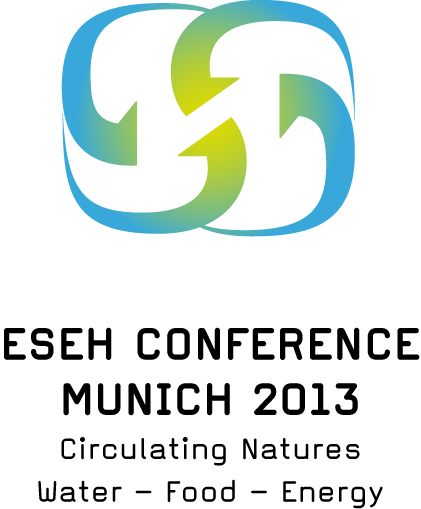Over 600 People Attend ESEH Conference 2013 in Munich
"Circulating Natures: Water—Food—Energy"
11.09.2013
Munich proved to be an ideal location for an environmental history conference. As Mayor “Hep” Monatzeder (a member of the Green Party) pointed out in his address during the grand opening of the conference in the Old Town Hall, Munich is not just Germany’s “secret capital”: it is also a green city. The Englischer Garten, which stretches more than three kilometers through central Munich, is considered the largest urban park in the world. City dwellers’ water is piped directly from the Alps, and the surrounding area is largely agricultural, ensuring that a large part of Munich’s food—fish, meat, vegetables, beer—is locally sourced. The Viktualienmarkt, a continuation of a medieval farmers’ market, is today known for being one of Europe’s exclusive gourmet food markets. A great deal of Munich’s energy comes from Alpine hydroelectric plants, and by the year 2025, Munich aims to produce enough renewable energy from its own plants to supply the entire city, making it the first city of more than a million inhabitants to achieve this goal. Thus, Munich’s environs were, indeed, rich in inspiration for the theme of a conference on “Water—Food—Energy.”
The conference also featured a keynote speech by Marion Nestle on food politics, a “Hall of Fellows” that introduced the work of 101 Carson Fellows and alumni, and a number of special events, such as book exhibits and launches, excursions, and evening receptions in historic locations across Munich. The final conference banquet on 24 August included an awards ceremony: the ESEH Best Article Prize 2013 was awarded to Ben M. Anderson (Keele University) for his article “The Construction of an Alpine Landscape: Building, Representing and Affecting the Eastern Alps, 1885–1914,” Journal of Cultural Geography 29, no. 2 (2012): 1–29; and the Turku Book Award (sponsored by the Rachel Carson Center) was conferred to Patrick Kupper for his book Wildnis schaffen: Eine transnationale Geschichte des Schweizerischen Nationalparks (Bern: Haupt Verlag, 2012).


